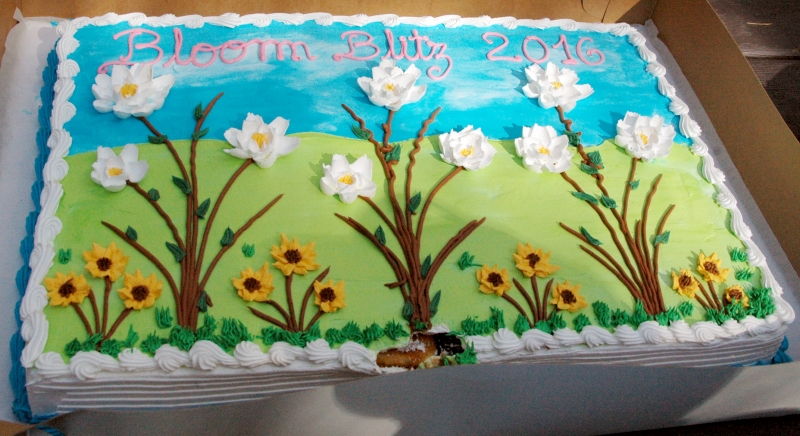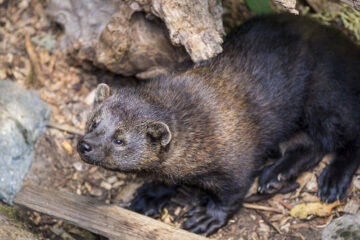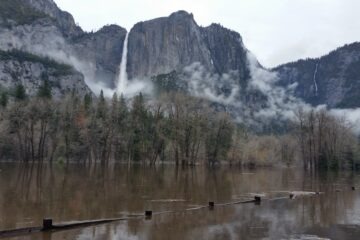Above: Examining a Mariposa lily during the Yosemite BloomBlitz.
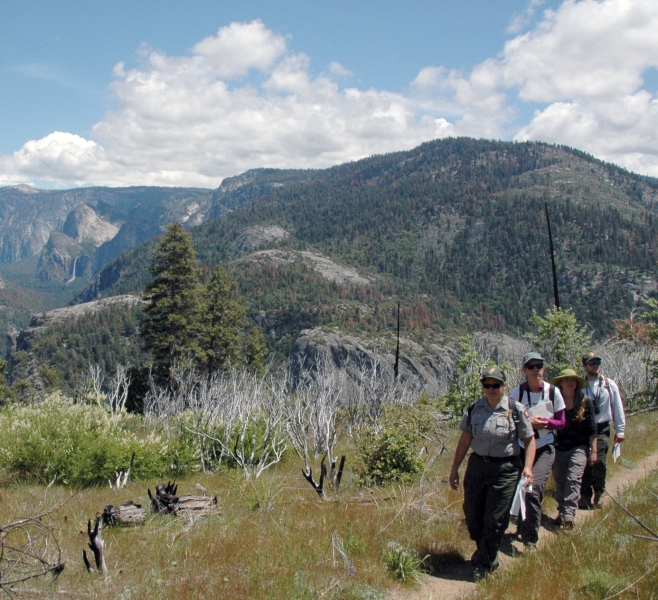
▪ 55 volunteers
▪ 523 volunteer hours
▪ 10 trails surveyed
▪ 620+ observations of at least 257 species
Together, those statistics add up to the Yosemite BloomBlitz, one of 135 bioblitzes held at 120 parks nationwide during the week of May 16-22, 2016. In addition to celebrating 100 years of stewardship for the NPS Centennial, the events aligned with a number of other special occasions, including National Citizen Scientist Day, Endangered Species Day and International Day for Biological Diversity.
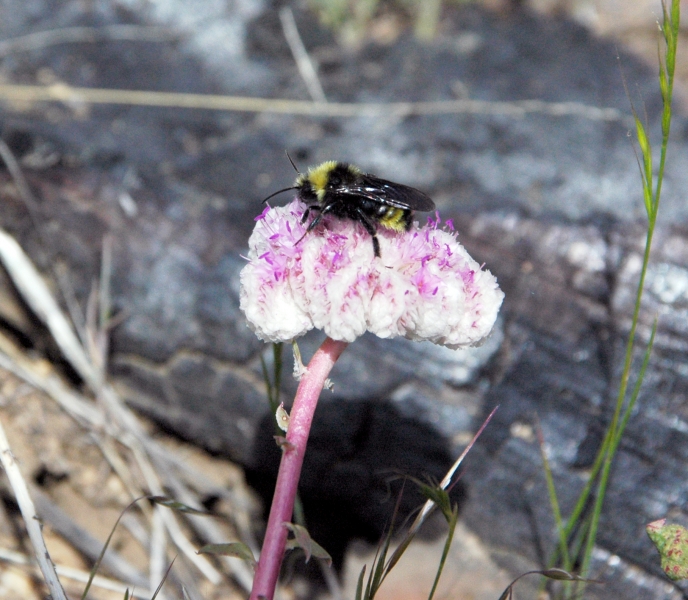
A bioblitz is a brief, intense effort to find and identify living species within a designated area. And a bloomblitz, as you might have guessed, is a bioblitz focused on documenting plants.
Whether you’re looking for flora, fauna or both, a bioblitz is a great way to get outside, lend a hand in your favorite parks or other public lands, and learn about the natural world. Citizen science and environmental stewardship can go hand in hand: Yosemite’s BloomBlitz volunteers gathered important information that will help scientists learn more about the park’s ecosystems and organisms, which in turn can help shape efforts to protect and manage plants, wildlife and natural resources.
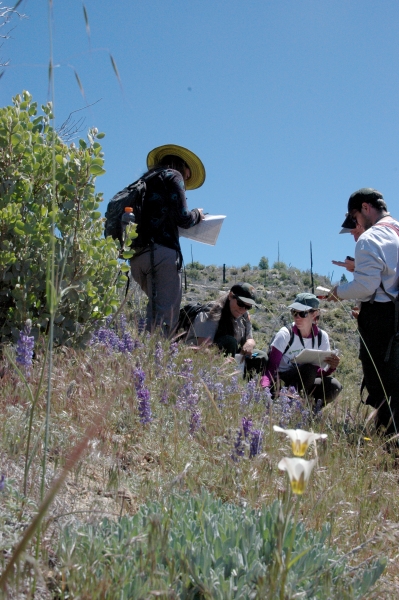
The Yosemite BloomBlitz, held on May 22, focused on areas burned by wildfires. Volunteers generously devoted their Sunday to documenting hundreds of plants that are growing in the footprints of recent blazes. The day was part of a larger research effort our donors are supporting to study and document Yosemite’s “fire-followers,” the rare plants that emerge briefly during the post-burn period.
Last year, with support from our donors, Yosemite researchers surveyed nearly 2,000 acres for special-status plants in burned areas. They found what they were searching for: 686 populations of 31 species, covering a total of 221 acres. Some of the flowers they discovered, such as the slenderstem monkeyflower, pansy monkeyflower and Small’s southern clarkia, are found in only a few California counties.
This year, the researchers are expanding their search — and the BloomBlitz volunteers played a big part!
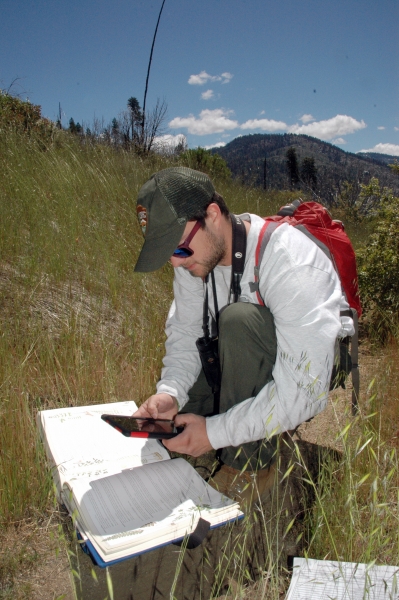
Conservancy naturalist guide Michael Ross helped lead a group on a surveying hike in the western part of the park, where volunteers were treated to beautiful views of the Valley and had ample opportunities to hone their botanical skills. They used hand lenses to get a close look at different plants, pored over botanical books to identify their findings, and recorded their observations using the iNaturalist app.
Thank you to everyone who helped make the Yosemite BloomBlitz such a success, including our donors, park staff and all the wonderful volunteers!
Did you miss out on last week’s bioblitzes? You can still get involved! Join Michael for a relaxed wildflower walk near White Wolf in July to see the park’s summer blooms, and download the iNaturalist app (see inaturalist.org) to document and share your own floral findings year-round.
